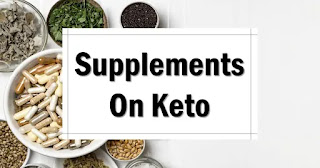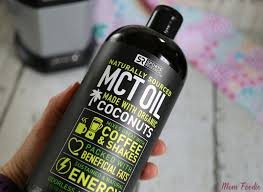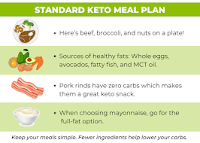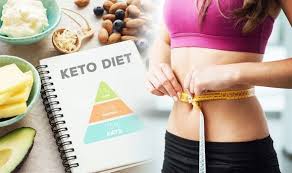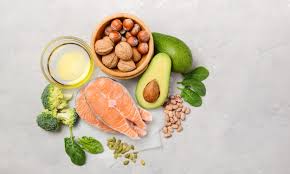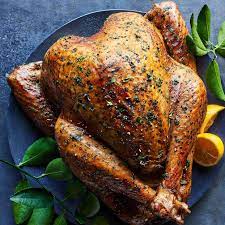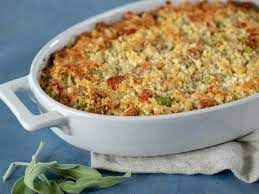Pantry Essentials
Your pantry should be stocked with an array of keto-friendly staples that provide the foundation for your meals:- Nuts and Seeds: Almonds, macadamia nuts, chia seeds, flaxseeds, and hemp seeds are excellent for snacking or adding crunch to salads and yogurt.
- Oils and Fats: Coconut oil, olive oil, avocado oil, and grass-fed butter or ghee are perfect for cooking and adding fat to meals.
- Flours: Almond flour and coconut flour are must-haves for keto baking.
- Sweeteners: Stevia, erythritol, monk fruit, and allulose can sweeten your dishes without adding carbs.
- Canned Goods: Canned fish (like tuna and salmon), meats, and some vegetables (watch for added sugars) are great for quick meals.
- Condiments: Mustard, mayonnaise (look for sugar-free), vinegar, and hot sauce can add flavor without the carbs.
- Spices and Herbs: Stock a variety of dried spices and herbs to add flavor to your dishes without adding carbs.
Refrigerator Staples
Fresh foods are a key part of the keto diet, and your refrigerator should reflect that:- Dairy: Cheese, heavy cream, full-fat yogurt, and sour cream can be used in a variety of keto recipes.
- Proteins: Eggs, meats, and fatty fish are staples for creating filling, protein-rich meals.
- Vegetables: Leafy greens, cruciferous vegetables like broccoli and cauliflower, and other low-carb options should fill your vegetable drawer.
- Berries: While most fruit is high in carbs, berries like strawberries, raspberries, and blueberries can be enjoyed in moderation.
Freezer Must-Haves
A well-stocked freezer ensures you always have keto-friendly foods on hand:- Meats and Seafood: Frozen beef, chicken, pork, and seafood can be thawed for meals throughout the week.
- Vegetables: Frozen spinach, cauliflower, and other low-carb veggies are convenient for quick dinners.
- Berries: Frozen berries are great for smoothies or as a cold treat.
- Prepped Meals: Freeze portions of cooked meals for days when you don’t feel like cooking.
Utensils and Cookware
Having the right tools can make preparing keto meals easier:- Knives: A good chef’s knife and a paring knife are essential for prep work.
- Cutting Boards: Have separate boards for produce and raw meats to avoid cross-contamination.
- Measuring Cups and Spoons: Accurate measurements are important, especially for tracking your macros.
- Mixing Bowls: Various sizes for mixing and prepping.
- Non-Stick Skillet and Pots: For cooking meats, eggs, and sautéing vegetables.
- Baking Sheets and Pans: For roasting meats and vegetables or baking keto bread.
Appliances
Certain appliances can make the keto lifestyle more manageable:- Food Processor: Useful for making cauliflower rice, nut flours, and keto doughs.
- Blender: For smoothies and pureeing soups.
- Slow Cooker or Instant Pot: For easy, set-it-and-forget-it meals.
- Digital Scale: To help with portion control and macro tracking.
- Spiralizer: For creating vegetable noodles as pasta alternatives.
Miscellaneous
A few other items to consider:- Food Storage Containers: For meal prep and keeping leftovers fresh.
- Parchment Paper and Aluminum Foil: For lining baking sheets for easy cleanup.
- Silicone Baking Mats: A reusable alternative to parchment paper.
Tips for Maintaining a Keto KitchenOrganization:
- Keep your pantry and refrigerator organized so you can easily see all your keto-friendly foods.
- Meal Prep: Dedicate time each week to prepare meals to make sticking to your diet easier.
- Clean as You Go: A tidy kitchen is more inviting. Clean up spills and clutter to make cooking more pleasant.
- Labeling: Label leftovers with dates and contents to keep track of what’s fresh and what needs to be used up.
By equipping your kitchen with these keto essentials, you’ll be well on your way to whipping up delicious, low-carb meals that align with your dietary goals. Remember, the key to sustaining a healthy keto lifestyle is preparation. With a kitchen that supports your diet, you’ll find it much easier to stay on track and enjoy the benefits of your ketogenic journey.



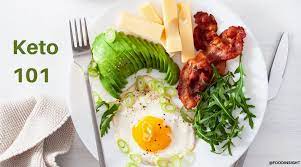
.jpg)
.jpg)
